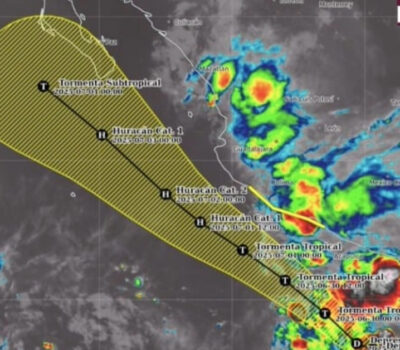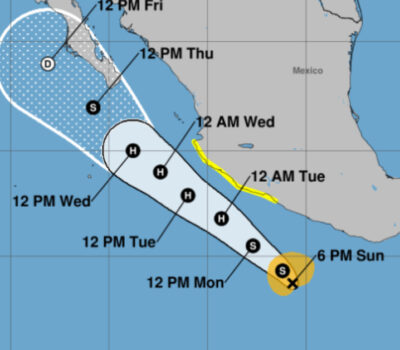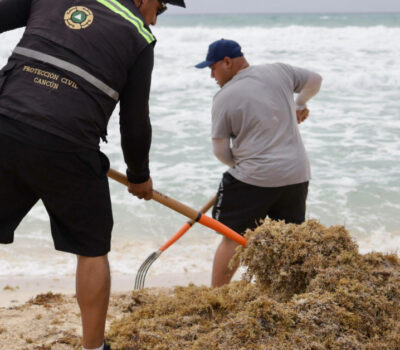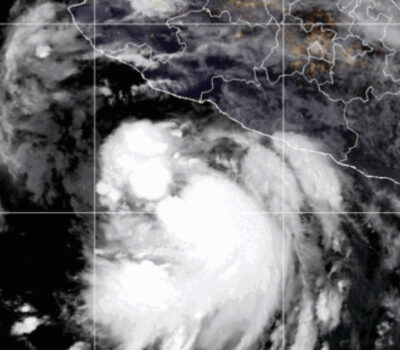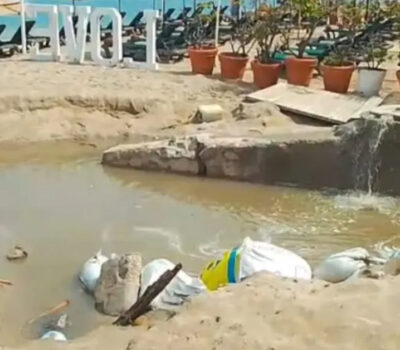In fact, Mexico is the leading exporter of human foods and the second leading exporter of medical devices into the United States. It ranks third in the number of imported lines of animal and human drugs (including antibiotics), biologics, and medicated feed and also is a major exporter of cosmetics and tobacco products to the United States.
Foods imported into the United States from Mexico must be produced consistent with U.S. standards, and the Food and Drug Administration works closely with Mexican government regulators to help ensure these foods are safe and fit for U.S. consumption.
To support this regulatory work, and to help facilitate communication with its Mexican counterparts, the FDA, through its Office of International Programs, (OIP) established a local office in Mexico City in 2010. The Mexico office is part of the agency’s Latin America Regional Office (LAO). FDA also has offices in other parts of the world, including China, India, and Europe.
Mexico is one of the United States’ foremost trading partners: the U.S. exports to Mexico such food products as primary grains and proteins (including chicken and pork), while importing vast quantities of Mexican fruit and vegetables. Working with Mexico on food safety is therefore a top priority. The United States is implementing the FDA Food Safety Modernization Act (FSMA), and produce safety is a big part of that effort. Food safety modernization efforts also are under way in Mexico, so there is an excellent opportunity for progress on both sides of the border.
Fittingly, the Latin American Office in Mexico focuses primarily on protecting the safety of food and animal feed, as well as medical product safety. In 2013, for instance, one of the U.S. outbreaks of Cyclospora cayetanensis, a parasite that causes an intestinal infection, was linked epidemiologically and through tracebacks to leafy greens imported from Mexico.
The FDA and Mexican authorities mobilized to find the source of the infection and determine how it entered the United States, and sent a technical team to conduct an environmental assessment. The team was made up of FDA experts from the Center for Food Safety and Applied Nutrition (CFSAN) and the Office of Regulatory Affairs (ORA). It also included representatives of Mexican food safety authorities—the National Agro-Alimentary Health, Safety and Quality Service (SENASICA) and the Federal Commission for Protection from Sanitary Risks (COFEPRIS)—and experts from the U.S. Centers for Disease Control and Prevention.
During this collaborative investigation, the Mexico office served as the FDA’s focal point and played a key role in coordinating the communications between U.S. public health agencies and Mexican Food Safety Authorities. “This is a great example of how the FDA and the Mexican government work together in an outbreak investigation,” says Bruce Ross, FDA’s Deputy Regional Director of the LAO, noting that industry representatives also participated in the effort.
“Our office serves as the point of contact for much of the communication between FDA and the Mexican government,” he adds. “We communicate on issues large and small—but always with the goal of protecting public health.”
In fact, Mexico is the leading exporter of human foods and the second leading exporter of medical devices into the United States. It ranks third . . .

